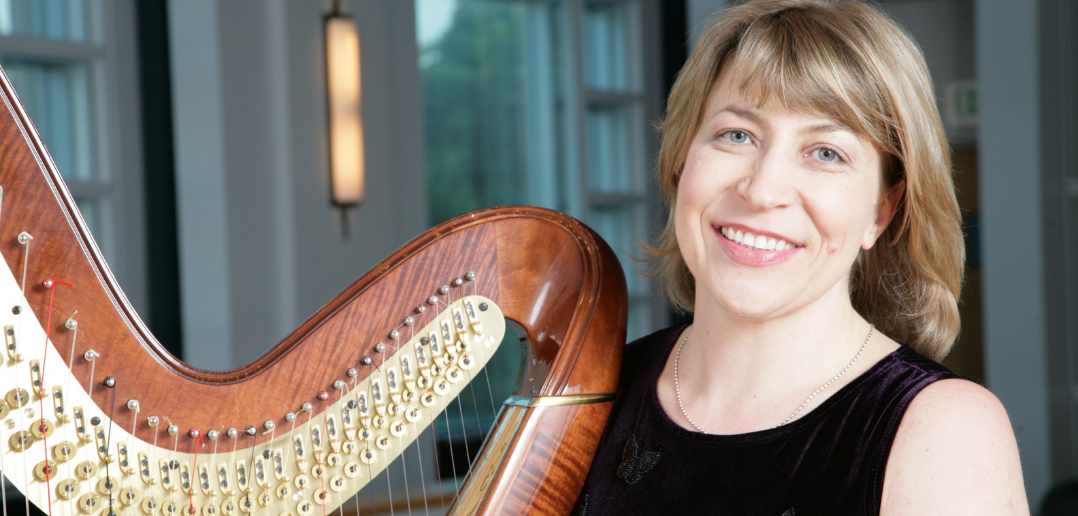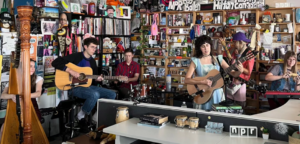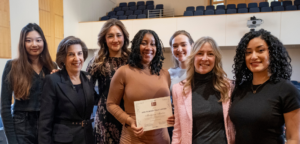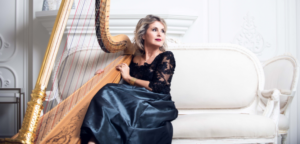Recently, Harp Column announced the addition of Elzbieta Szmyt to the roster of composers and arrangers at Harp Column Music. As professor of harp and co–chair of the harp department at Indiana University’s Jacobs School of Music, Szmyt has taught classical repertoire to advanced college students for over 25 years and knows a few things about fingering that works. We wanted to pick her brain about the difficult aspects of arranging and find out what other arrangements she might have up her sleeve.
How do you pick the repertoire that you want to transcribe?
The idea for the Studio Editions came to me after years of having students borrowing my music to copy my markings and also adding my fingering to their scores during lessons. For a long time I contemplated the idea of publishing all major pieces that I have played and taught with the specific fingering. Most of these works are originally written for harp but do not have any fingering suggestions. Adding them can definitely speed up the teaching and learning process.
On the other hand, when working on transcriptions I use the music I love and that I believe can expand our repertoire.
What has been the biggest challenge you’ve faced while working on a piece?
I think the biggest challenge is to make final decisions. I often change my mind after seeing my students using my fingering and markings. Observing somebody else’s hand playing your version is the best test to see what would really work. There are so many ways to arrange the pieces, so the process of making the final decision is the hardest.
What is your main focus when arranging and transcribing music? Do you have a unifying goal?
Sharing my ideas with other harpists, but also just simplifying my life as a teacher and performer.
Any pieces or projects you’re working on now? Any dream pieces you’d like to tackle?
There are many pieces, which are in final stages of being published: transcriptions and editions of works by Tchaikovsky , Glinka, Handel , Bach, and Tournier. My dream would be to publish an arrangement of Piazzolla’s “Cuatro Estaciones Portenas” for harp, violin, and cello, which my student Beste Toparlak and I created this year after arrangements of José Bragato and Maria Luisa Rayan.
Do you have any tips for harpists who are interested in arranging music for the harp?
Don’t be afraid, but be aware that it takes time!
Visit harpcolumn.com/music to check out Smzyt’s entire catalog of arrangements.












